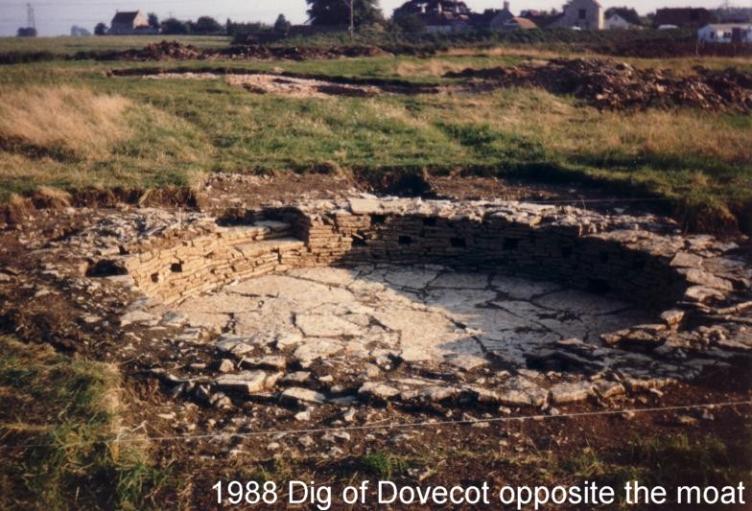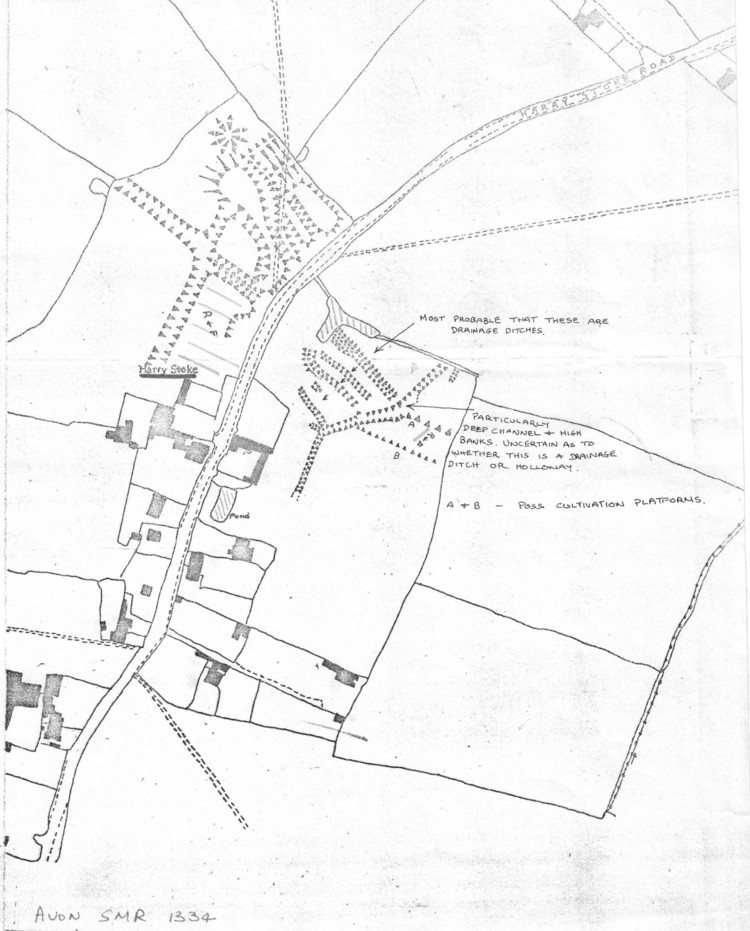Excavations at Harry Stoke
Named after Harris de Filton There were 3 manors in the parish of Stoke Gifford. The Giffards and Berkeleys held Stoke and Walls. Harry Stoke was a separate manor held by Aldred in Saxon times, Theobald in Norman times and the Blount and De Filton families in mediaeval times. The Berkeleys bought it in the l6th century.
From Domesday
Description
Place name: Harry Stoke, Gloucestershire
Folio: 165r Great Domesday Book
Domesday place name: Estoch
People mentioned: Abbey of St Mary of Glastonbury; Abbey of St Mary of
Malmesbury; Abbey of St Mary of Worcester; Abbey of St Peter of Bath; Algar;
Alweard, thegn of King Edward; Alwig, man of Earl Harold; Ansketil; Bernard;
Burgess of Gloucester; Burgess of Winchcombe; Burgesses of Gloucester; Church of
St Aethelberht, Hereford; Cuthwulf; Durand; Ealdraed; Ebbi, man of Beaorhtric
son of Aelfgar; Goismer; King Edward as lord; King Edward as monarch; King
William as monarch; Morin; Oswulf; Ralph; Reginald; Robert; Roger; Schelin;
Turstin fitzRolf; Walter, Bishop of Hereford; Wulfnoth; Wulfstan, Bishop of
Worcester
Date 1086
Catalogue reference E 31/2/1links to the Catalogue
Dept Records of the Exchequer, and its related bodies, with those of the Office
of First Fruits and Tenths, and the Court of Augmentations
Series Exchequer: Treasury of the Receipt: Domesday Book etc
Piece Great Domesday: Kent, Sussex, Surrey, Hants, Berks, Wilts, Dors, Som,
Devon, Corn, Midd, Herts, Bucks, Oxon, Glos, Worcs, Heref, Cambs.
STOKE GIFFORD, HARRY STOKE (ST 6220 7914). Excavations by R. Burchill and A.
Nicholson on a set of well-defined earthworks thought to be part of the original
Domesday village of Harry Stoke were carried out for M.S.C. and City of Bristol
Museum. Work was concentrated on a field S. of a property known as 'The
Paddocks'. Two small trial areas sought to establish the viability of further
work prior to redevelopment. The settlement was
on the edge of what appeared to be the boundary of the earthworks. On excavation
the remains of a dry-built stone wall defined this boundary and on the inside
was a stone yard. In the S. remains of a substantial stone-founded building of
two phases constructed on a terrace in the natural were found. The structures
had stone floors and large parts of the Pennant roof had fallen onto part of the
floor. The pottery suggested a 14th-h5th-century date for the structures. Finds
and archive are deposited in City of Bristol Museum and Art Gallery. Publication
in Bristol and Avon Archaeology, 6 (1988).
http://www.biab.ac.uk/online/results1.asp?ItemID=13947
Excavations at Harry Stoke, Stoke Gifford, Northavon
Andrew Young
Bristol Avon Archaeol, 12, 1995, 24–55, pls, figs, tables, refs. ISSN 0263-1091,
Sets out the results of two stages of excavation undertaken on a medieval rural
settlement in 1987 and 1988. The `Historical background' is summarised by Lee
Prosser (24–6). Five dry-stone buildings were revealed, including dovecotes.
Finds reports include `The pottery' by Rod Burchill (40 & 42); worked stone;
residual worked flint; `The metalwork' by Anne Thompson (45–7). `The carbonised
plant remains' by Julie Jones (48–51); and `The animal bone' by Dale Sarjeantson
(51–4).
Document type: article in serial
BIAB volume entry: 99/1784.
Photographs Copyright Roger Davis
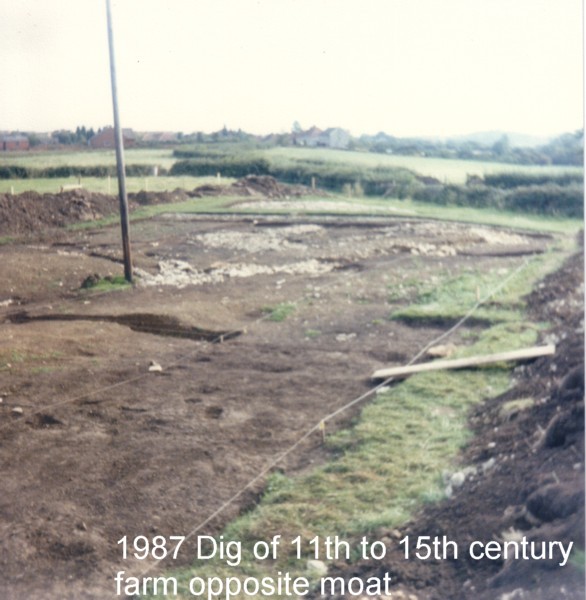 |
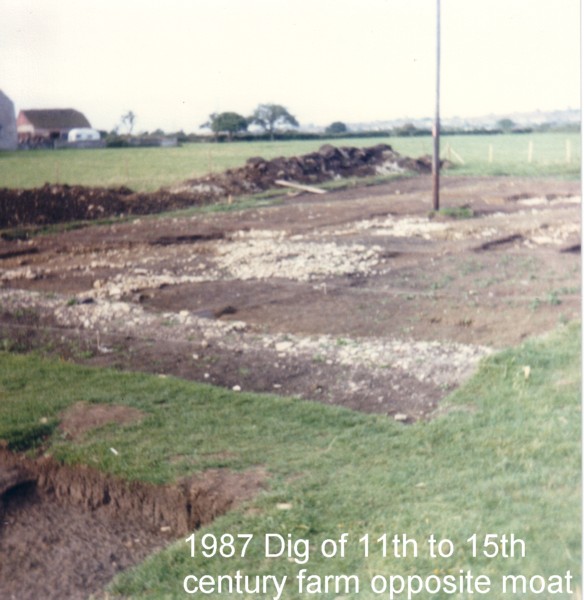 |
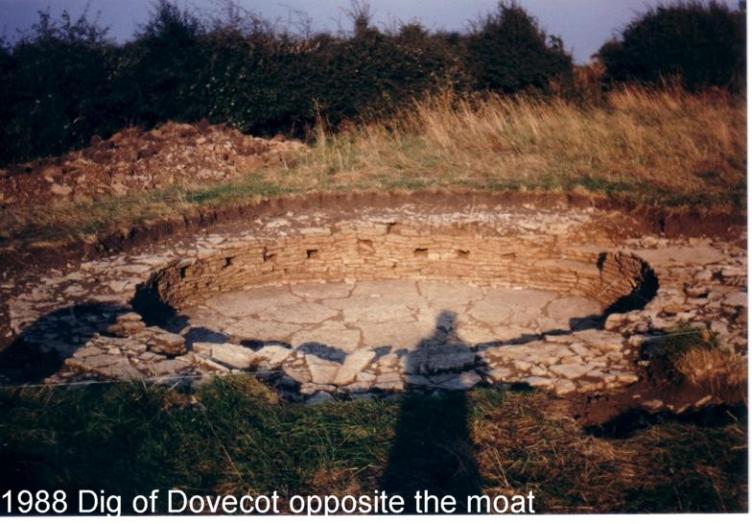 |
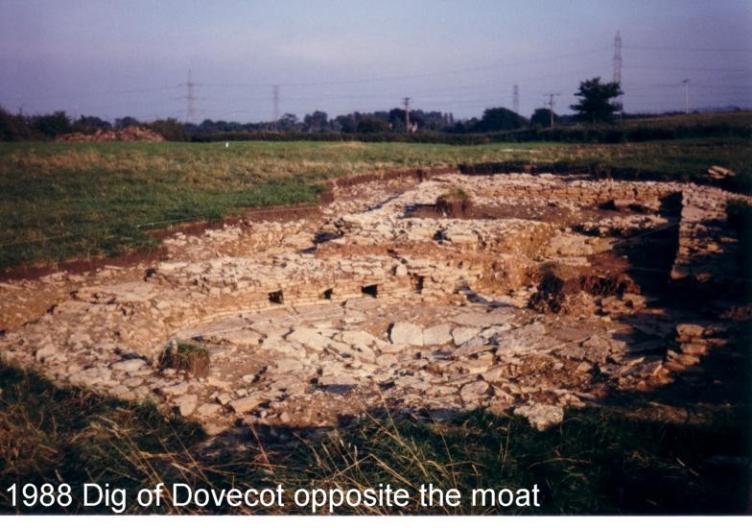 |
|
|
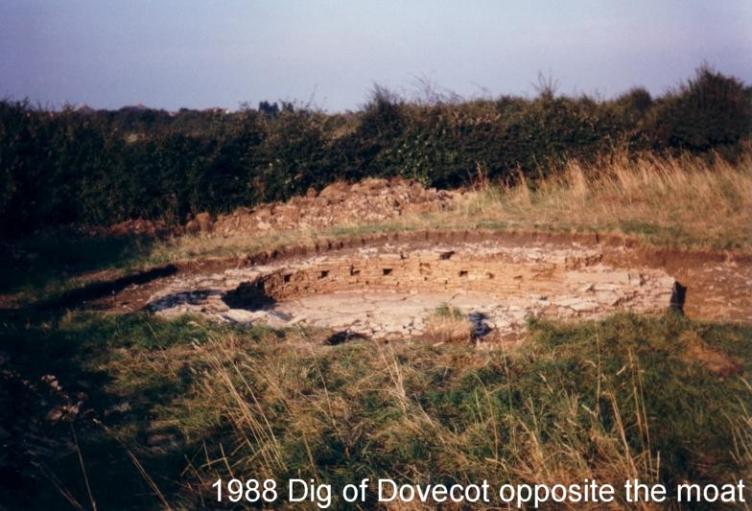 |
|
|
